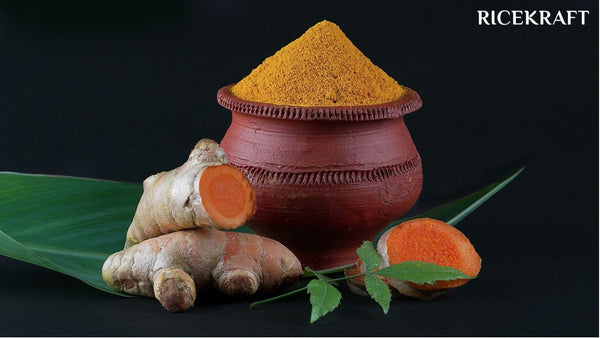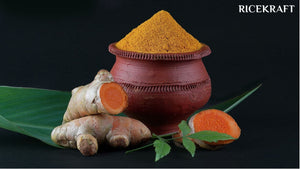Understanding Your Unique Skin Type: A Comprehensive Guide

When it comes to your daily coffee or tea order, you might know exactly what you want. But have you ever wondered what your skin wants? Understanding your skin type is crucial in achieving smooth, clear, and radiant skin and effectively treating skin issues such as acne breakouts. But how can you determine your skin type?
Your skin is as unique as you are, but it generally falls into one of five categories: Normal, Dry, Oily, Combination, or Sensitive. Genetics play a vital role in defining your skin type, but other factors, including your daily habits and environmental conditions, can significantly affect it.
To identify your skin type, pay close attention to how your skin behaves and feels.
Methods to Determine Your Skin Type

As discussed earlier, there are 5 types of skin. Determining your skin type is essential, as that allows you to understand how to take care of your skin. We’ve listed out 2 methods that might help you figure out what your skin type is:
- The Bare-faced method
- The Blotting sheet method
1. Bare-Faced Method
To perform the bare-faced method’s diagnostics, follow the steps listed out below.
Steps
- Wash your face thoroughly with a mild foaming cleanser.
- Gently pat it dry with a soft cloth.
- Avoid applying any skincare products.
- Examine your face after 30-40 minutes.
Result
- If your skin feels tight and has flaky areas, you likely have a dry skin type.
- If you notice a shiny appearance, particularly on your T-zone (Nose and Forehead), you probably have normal or combination skin.
- Shine on your cheeks as well as the T-zone suggests that you have oily skin.
2. The Blotting Sheet Method
Compared to the Bare-faced method, this is a much faster and accurate way of differentiating between oily and dry skin types. o use this method, you’d need to follow the listed step with the help of a blotting paper.
Steps
- Gently press a blotting paper on various spots of your face.
- Observe the amount of oil absorbed by the blotting paper under a light source.
Result
- If the blotting sheet picked up little to no oil, you likely have dry skin.
- If the blotting paper reveals minimal oil from your forehead and nose, your skin is probably normal or combination.
- If the paper is saturated with oil, you likely have oily skin.
NOTE: It’s important to understand that dehydrated skin is not a distinct type; it’s a condition that can affect any skin type.
Types of Skin Type
i) Normal skin type

'Normal' skin is often used to describe a well-balanced skin that's neither too oily nor too dry. While there's no precise medical definition of normal skin, it typically means that the skin can tolerate most products without overreacting.
Even though normal skin requires less maintenance, it's important to remember that your skin can change over time due to factors such as the seasons, aging, and life events like pregnancy and menopause. Adjust your skincare routine accordingly.
ii) Dry skin type

Dry skin often feels tight and rough, and it may develop an ashy gray appearance with flaking, itching, redness, and tiny cracks. It produces less sebum than normal skin, leading to insufficient moisture retention.
Common triggers for dry skin include a lack of natural moisturizing factors, aging, harsh weather conditions, indoor heating, certain ingredients in skincare products, and over exfoliation. To manage dry skin, choose moisturizers with ingredients like hyaluronic acid, glycerin, ceramides, and fatty acids.
iii) Oily skin type

Oily skin appears moist, porous, and often shiny, with visible and enlarged pores. This skin type is characterized by an overproduction of sebum, which can lead to clogged pores and acne, especially in the T-zone (forehead, nose, and chin).
Various factors can trigger excess sebum production, including genetics, hormonal changes, stress, certain medications, and environmental conditions like heat and humidity. Oily skin types are more prone to acne, and dermatologists often recommend salicylic acid for managing this concern.
iv) Combination skin type

Combination skin combines characteristics of dry and oily skin. Typically, the T-zone is oily (forehead, nose, and chin), while the U-zone (cheeks, mouth, and eyes) exhibits normal to dry skin.
To care for combination skin, use lightweight, oil-free moisturizers on the oily areas and a richer moisturizer on the drier areas. You can also employ the multi-masking technique, using different products on various parts of your face to address their specific needs.
v) Sensitive skin type

Sensitive skin is fragile, often accompanied by sensations of heat, tightness, dryness, redness, or itching. This skin type has a compromised barrier, making it susceptible to infections and allergic reactions.
Sensitive skin can result from over-scrubbing, over-exfoliating, or using harsh skincare products. When dealing with sensitive skin, opt for products with soothing effects. They generally have natural ingredients like green tea, cucumber, and chamomile. Conduct patch tests for new products to avoid potential allergic reactions.
Have a sensitive skin? Try these Ayurvedic Face Masks that don't use any chemicals and are very beneficial for your skin.
vi) Mature skin type

As we age, our skin becomes less elastic, leading to lines, wrinkles, and pigmentation. This change is due to reduced cell activity, slower regeneration, lower collagen production, and damage from UV radiation.
To support mature skin, use adequate sun protection, specialized eye care products, moisturizing masks with high-quality oils, facial creams that encourage cell regeneration, and ingredients like bakuchiol, which provide anti-aging benefits with minimal irritation.
Summary
In conclusion, each skin type has its unique characteristics and needs. It's crucial to understand your skin type so you can tailor your skincare routine accordingly. Remember that your skin can change over time, so regularly check in with your skin's needs and adjust your routine to keep it healthy and beautiful. Your skin is unique—give it the care it deserves.









